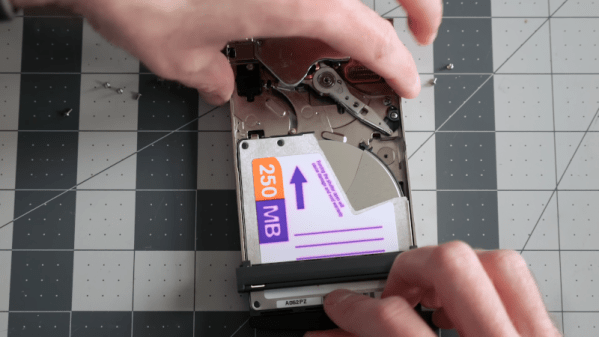In medieval Europe, many professions were under the control of guilds. These had a monopoly over that profession in their particular city or state, backed up with all the legal power of the monarch. If you weren’t in the guild you couldn’t practice your craft. Except in a few ossified forms they are a thing of the past, but we have to wonder whether that particular message ever reached Western Canada.
An electoral candidate with an engineering degree who practices what any sane person would call engineering, has been ordered by a judge to cease calling himself an engineer. The heinous crime committed by the candidate, one [David Hilderman], is to not be a member of the guild Association of Professional Engineers and Geoscientists of B.C. We get it that maybe calling a garbage truck driver a waste collection engineer may be stretching it a little, but here in the 21st century we think the Canadian professional body should be ashamed of themselves over this case. Way to encourage people into the engineering profession!
Here at Hackaday, quite a few of us writers are engineers. Stepping outside our normal third person, I, [Jenny List], am among them. My electronic engineering degree may be a little moth-eaten, but I have practiced my craft over several decades without ever being a member of the British IEE. No offence meant to the IEE, but there is very little indeed they have to offer me. If the same is true in Canada to the extent that they have to rely on legal sanctions to protect their membership lists, then we think perhaps the problem is with them rather than Canadian engineers. You have to ask, just how is an engineering graduate who’s not a guild member supposed to describe themselves? Some of us need to know, in case we ever find ourselves on holiday in Canada!
Header: Joe Gratz, CC0.















